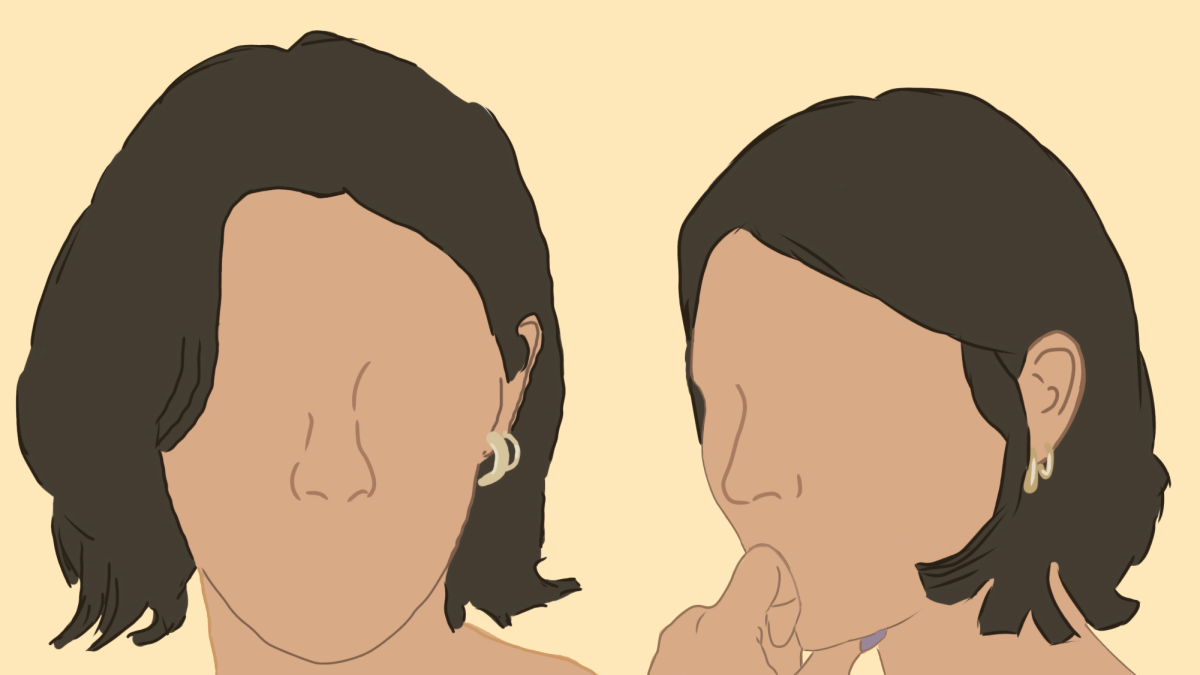Amelia Park
With the immense popularity of social media platforms, many people now use aesthetics to find their style and use it as a guideline for personal expression, but it can be problematic. The word aesthetic(s) is defined as being concerned with beauty or the appreciation of beauty by the Oxford Dictionary. Although this is the textbook definition, the word’s meaning has become convoluted. Aesthetic is now often used synonymously with the word “beautiful” to categorize styles.
Many people have romanticized the idea of aesthetics and the lifestyle it promotes. They conform to an aesthetic in hopes to find their own personal style or to ‘stand out’ and show off one’s appearance in a unique way. This is where aesthetics become problematic. Although they promote a sense of individuality and personal creativity, aesthetics can be stifling. When you adopt an aesthetic it is frowned upon to experiment with anything and you are pressured to fully embody it. This also causes everyone to have similar appearances. There are a wide variety of aesthetics, but inside them there is very little distinction. This leads to everyone inside an aesthetic to all look fairly similar, which contradicts its main purpose. An example of this is the tiktok trend where people go through different aesthetics saying, “When you want to be this, but you also want to be this…”. This very trend is showcasing how constricting aesthetics can be and how it discourages you from expressing your style in your own way. I am aware of this phenomenon because I experienced it firsthand. I tried out different aesthetics and felt closed in by them. I felt like I had to buy those types of clothes, or I had to listen to that type of music, it was all very rigid. I wanted to have a blend of expression, not stick to a set of rules and that is what caused me to stop adhering to aesthetics.
Another problem with aesthetics is its lack of inclusivity. When searching for inspiration for an aesthetic, there is very little diversity. Most of the time, you will have to go out of your way to see someone with a plus-size body type or a minority adopting that aesthetic. Since aesthetics are very constraining and want you only to embody them, people who don’t see themselves represented within them feel alienated. This eurocentric standard has made its way into almost every aesthetic, and it has become as quintessential as adopting their wardrobe. It essentially discourages anyone who does not fit that standard to try the aesthetic at all.
Aesthetics also promote trends cycles and in turn fast fashion. Aesthetics all have their own trends that go in and out of style at a fast pace. Something that was trendy and appropriate for the aesthetic during a season, is most likely not for the next. This pressures followers of the aesthetic to turn to cheaper consumption options in order to keep up with the rapidly changing trends, and these more affordable options are likely fast fashion. This unsavory form of fashion has a significant negative impact on the environment, uses child labor, severely underpays their workers, and uses cheap often toxic materials. Although aesthetics don’t directly endorse fast fashion, most people turn to fast fashion in order to afford participating in an aesthetic. From its hypocritical messages to its bigoted exclusions to its environmental impacts, it is clear aesthetics are harmful.



































